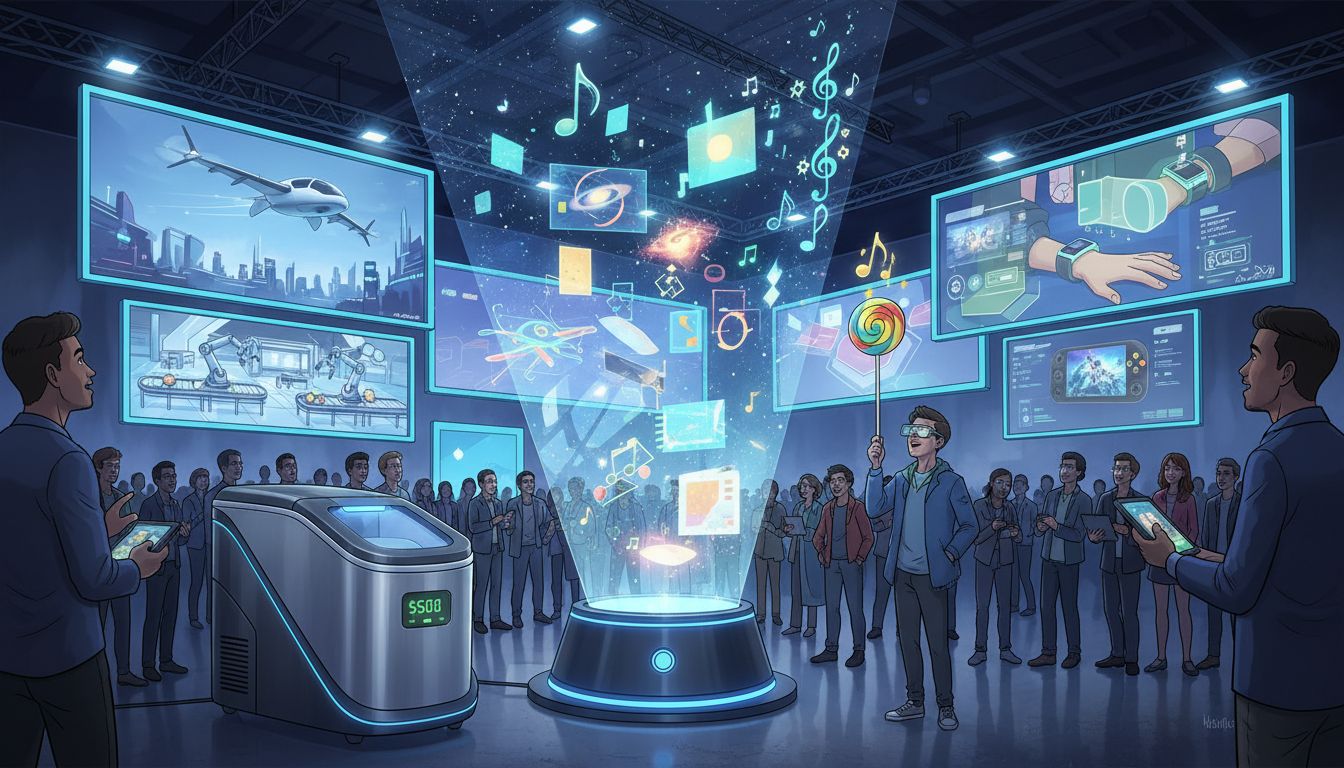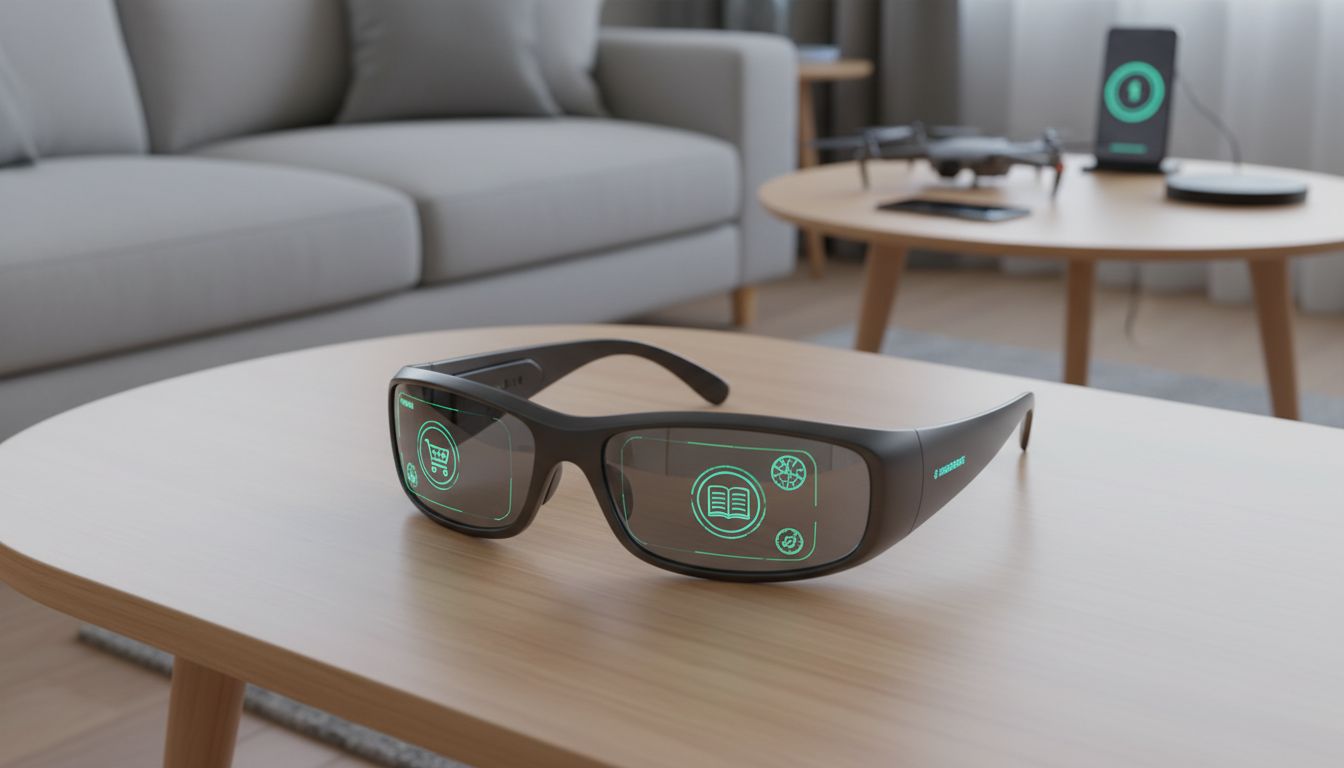Artificial Intelligence (AI) is one of the most transformative technologies in the world today. As an expert in this field, I can attest to its potential to revolutionize different industries and change how we live our lives.
In this blog post, you will learn about the basics of artificial intelligence, including what it is and how it works. We’ll explore the various AI technologies such as machine learning, natural language processing and computer vision that are being used to revolutionize different industries. From machine learning to virtual assistants, real-world applications of AI technologies are becoming more widespread and impactful.
We’ll also explore some ethical concerns surrounding AI development such as job displacement due to automation and data privacy issues. You’ll learn how governments around the world are addressing these concerns through policies aimed at regulating AI development while promoting innovation.
This blog post aims to provide a comprehensive overview of Artificial Intelligence so that you can understand its capabilities better. Whether you’re a business owner looking to implement AI solutions or someone interested in learning more about this exciting field – this post has something for everyone!
Let us now take a deep dive into the captivating realm of Artificial Intelligence!
Table of Contents:
- Robotics Advancements in AI
- Language Models Revolutionizing Communication
- Medical Applications Of AI
- Collaborating With Robots For Artistic Endeavors
- Advancements In Understanding Collective Behavior
- AI And Pollination
- FAQs in Relation to Latest Ai News
- Conclusion
Robotics Advancements in AI
Robotics has been transforming the utilization of Artificial Intelligence (AI) in a variety of areas. One example is its use in medical procedures, where engineers have developed a tiny robot inspired by geckos’ gripping ability and efficient locomotion to help doctors perform surgery. This robot is able to maneuver around small spaces with precision and accuracy, which could potentially reduce recovery time for patients and make surgeries safer overall.
Robots are being utilized to assist children with learning disabilities in maintaining their concentration while studying. These robots can be programmed to interact with the student, providing reminders or encouragement when needed while still allowing them to work independently. By doing so, these robots provide an engaging environment that encourages learning without overwhelming students who may struggle with traditional classroom settings.
Computer scientists have trained a computer program to identify conversations between two people based on audio recordings of their voices. This technology could be a great boon to law enforcement, enabling them to process and analyze large volumes of data from audio sources with greater speed and accuracy than human capabilities alone can manage.
Robotics advancements in AI have made leaps and bounds over the past few years, with robots being used to help doctors perform surgery, assist children with learning disabilities stay focused, and even identify conversations between two people. Moving on from robotics advances in AI, language models are revolutionizing communication by creating large-scale impacts on our lives as well as providing new ways of learning without updating parameters.
Language Models Revolutionizing Communication
Large-scale language models such as ChatGPT are revolutionizing the way we communicate. With their capacity to understand natural language and generate meaningful responses, these models have been developed to help us interact with machines in a more intuitive way. ChatGPT has already had an effect on our lives, from speeding up searches to making customer service inquiries simpler. But how do large language models like GPT-3 learn new tasks without updating their parameters? It turns out that they use associative learning processes similar to those used by artificial intelligence methods employed in computers.
In the same way that AI algorithms can be trained using input data, large language models are able to learn new tasks without any additional training or parameter updates by associating words and phrases together based on context. For example, if you enter “I want a cup of coffee” into a chatbot powered by GPT-3, it will recognize this phrase as meaning you’d like something hot and caffeinated—without ever having seen this phrase before. This is because the model has learned through its training data that certain words or phrases often appear together in certain contexts.
Interestingly enough, scientists have discovered that pigeons also employ associative learning processes when performing cognitive functions such as problem solving and pattern recognition—similarly to how AI algorithms work. Researchers have discovered that pigeons can utilize their past experiences to anticipate potential outcomes, akin to how certain AI models are able to forecast events.
Language models have already changed communication, and the prospects of furthering our comprehension of language are thrilling. As AI technology advances, its medical applications are becoming more sophisticated; in this next section, we will explore how AI can be used to predict breast cancer treatment outcomes.
Medical Applications Of AI
AI has brought a plethora of modifications to the medical field, which have resulted in better patient care and results. One such application is predicting breast cancer treatment outcomes using AI. This tech utilizes cutting-edge machine learning techniques to process info from patients’ medical histories and generate models that can forecast how they will react to chemo therapies. By utilizing AI to analyze medical records, physicians can make more informed decisions regarding the most suitable course of action for each patient.
Using existing data on cancer type, stage at diagnosis, patient age and gender, lifestyle factors (e.g., smoking), and other relevant variables associated with treatment outcomes, an AI model is trained to identify patterns predictive of successful or unsuccessful treatments for similar types of cancers. This data is then used to train an AI model which learns patterns in the data that are predictive of successful or unsuccessful treatments for similar types of cancers. The model can then be applied to new cases in order to generate predictions about how well a particular patient may respond to chemotherapy before any treatment has been administered.
Predictive modeling offers various benefits compared to conventional strategies, such as manual assessments by physicians or analytical methods like regression analysis; not only is it more precise but also eliminates bias due to human error or preconceived ideas concerning what could be most effective for a particular case based on prior experience. Furthermore, since these models are trained using real-world datasets rather than theoretical simulations they tend to be far better equipped in capturing complex interactions between different variables related to disease progression and response rates than other approaches would normally be ableto do without AI assistance. Additionally, this kind of approach provides healthcare professionals with quick access to up-to-date information while ensuring that all necessary details neededfor effective decision making when treating patients with breastcancer are readily available.
Overall, AI technology provides powerful tools for helping physicians make better decisions regarding breast cancer treatments. By utilizing machine learning algorithms, clinicians are now able to accurately predict treatment responses before any therapies begin; this helps reduce unnecessary side effects caused by ineffective therapies while increasing the chances for positive outcomes overall. As this technology continues to progress, we should expect even greater advances in accuracy and reliability over time – leading us closer towards achieving our ultimate goal: improved quality care through personalized medicine solutions for those suffering from breast cancer worldwide.
AI’s utilization in medicine has the potential to alter healthcare and provide more precise assessments, therapies, and forecasts. Moving on from medical applications of AI, collaborating with robots for artistic endeavors is another exciting development in artificial intelligence that has only recently become possible.
Collaborating With Robots For Artistic Endeavors
Robotics and AI have long been disrupting the art world, with notable examples such as FRIDA, a robotic arm equipped with an AI-powered paintbrush. One of the most notable examples is FRIDA, a robotic arm equipped with a paintbrush taped to it that uses artificial intelligence (AI) to collaborate with humans on works of art. This robot has become an invaluable tool for artists who are looking to explore new techniques and push their creative boundaries.
FRIDA was created by artist Golan Levin and roboticist Gil Weinberg as part of their work at Georgia Tech’s Center for Music Technology. FRIDA’s computer vision algorithms enable it to identify objects in its environment and react accordingly, as well as gain from past experiences for enhanced performance. FRIDA can use its experience to modify how it behaves, allowing for increased effectiveness as time goes on.
In addition to being able to create artwork autonomously, FRIDA can also be used in collaboration with human artists as well. By combining traditional artistic techniques with robotics technology, artists can achieve unique results that would not be possible through either medium alone. For example, an artist might use FRIDA’s brushstrokes alongside their own hand-painted strokes or even incorporate 3D printing into the mix for a truly unique result.
FRIDA stands as a testament to the potential of robotics in reshaping our artistic endeavors, with numerous other examples out there. With advances in AI technology continuing at such a rapid pace, we may soon see robots becoming regular collaborators on creative projects across many disciplines including music composition and film production too.
Robots have transformed the manner in which art is crafted and appreciated, affording creators fresh imaginative prospects. Moving on from this, advancements in understanding collective behavior employed underwater are now being explored as a result of AI technology.
Advancements In Understanding Collective Behavior
Understanding Collective Behavior Employed Underwater
Recent studies have been conducted to explore the group behavior of aquatic creatures, such as fish. Scientists have studied sensory organs, such as the lateral line, to identify cues that are used in collective behavior employed underwater. Investigations have shown that certain fish can employ sound waves and tremors to communicate with one another while swimming in aggregates or shoals.
Investigations conducted could shed light on the way critters interact in their native surroundings, potentially aiding researchers to gain a better comprehension. Using the findings from these studies, AI systems can be designed to mimic natural animal behaviors when operating in complex environments. AI-driven robotic systems can learn from these same cues and respond accordingly when navigating through complex environments.
Researchers are also exploring ways to apply machine learning algorithms to analyze data collected from sensors placed on aquatic organisms like jellyfish or squid. By understanding how they move together as a group, scientists hope to gain insights into the collective behaviors of different species living in watery environments. Engineers could utilize the understanding acquired from studying how aquatic life interacts to construct AUVs that can navigate and interact with other sea creatures without causing too much disturbance in their habitats.
Advances in the comprehension of collective behavior have opened up new avenues for AI exploration and advancement. With the advent of passively-cooled drones, AI can now be used to facilitate pollination over long distances with increased accuracy and efficiency.
AI And Pollination
AI and pollination are two topics that have recently been intertwined. Researchers have been looking for methods to prevent the negative impacts on plants and crops due to the dwindling number of bees as pollinators. The solution? A passively-cooled drone capable of carrying pollen across long distances without harming plants or insects. This type of technology is revolutionary for its ability to help sustain global biodiversity and food production in areas where traditional methods may not be possible.
This new drone utilizes AI algorithms for navigation and trajectory planning, making it easier for it to carry out its mission efficiently with minimal risk of harm to surrounding organisms. It also has sensors on board that detect any potential obstacles along its route, allowing it to adjust course if needed while still maintaining the same payload capacity over long distances. The drone is constructed with features that permit it to cruise at high elevations without any risk of its internal cargo becoming overheated or damaged.
The implications of this technology are far-reaching, not just helping to maintain global biodiversity. AI-powered drones can be utilized in other agricultural applications such as crop spraying and fertilizing fields with greater accuracy than traditional methods while reducing labor costs associated with manual labor. Furthermore, these unmanned aerial vehicles (UAVs) could even lend a hand in medical applications, like delivering vaccines or medications directly into remote villages at lightning speed due to their pinpoint navigation capabilities enabled by sophisticated algorithms.
FAQs in Relation to Latest Ai News
What’s the latest in AI?
Recent progressions in AI have been swift and expansive. From NLP to ML, AI has been leveraged for a wide range of uses in many sectors. In healthcare, AI is revolutionizing the way doctors diagnose diseases by providing more accurate and efficient results. In finance, it’s enabling companies to detect fraud faster with greater accuracy. And in retail, it’s allowing businesses to personalize customer experiences like never before. As we move into the future, expect even more advances as researchers continue to push the boundaries of what’s possible with artificial intelligence technology.
What are some of the current concerns about AI?
Concerns about AI are multifaceted, including potential for job loss, privacy matters related to data collection and use of personal info, ethical implications such as algorithmic prejudice or lack of clarity in decision-making processes, and security risks due to increased automation. Moreover, further investigation into the ramifications of AI on humanity is essential.
What is the most advanced AI right now?
The most advanced AI technology currently available is known as deep learning. Deep learning uses artificial neural networks to process large amounts of data, identify patterns and generate insights. This AI tech is used for a range of objectives, including natural language processing, image recognition and predictive analytics. Deep learning has enabled the creation of autonomous vehicles, facial recognition technologies and AI-driven customer service chatbots. Given its capacity to swiftly assimilate voluminous data, AI has become a potent tool in contemporary computing.
What is the current status of artificial intelligence 2023?
By 2023, AI had become a pervasive part of our lives, with its presence evident in numerous aspects from healthcare to banking and even everyday items such as smartphones and home appliances. AI technology can be found everywhere from healthcare to banking, and even in everyday items such as smartphones and home appliances. With rapid progress in the fields of robotics, machine learning, NLP, computer vision and data analytics being made every day, AI has become an increasingly integral part of our lives. As the world continues to embrace these technologies at a faster rate than ever before, we will see more applications being developed for commercial use. AI is now a tangible reality, no longer just an aspirational concept.
Conclusion
In conclusion, the latest AI news has highlighted how artificial intelligence is revolutionizing many aspects of our lives. From business to healthcare and education, AI has become an essential tool for progress. It is essential to exercise caution when utilizing AI, as its consequences can be far-reaching if not handled responsibly. Through mindful contemplation and a deep appreciation of its possible effects, AI will continue to have an enduring impact on the future in beneficial ways.






